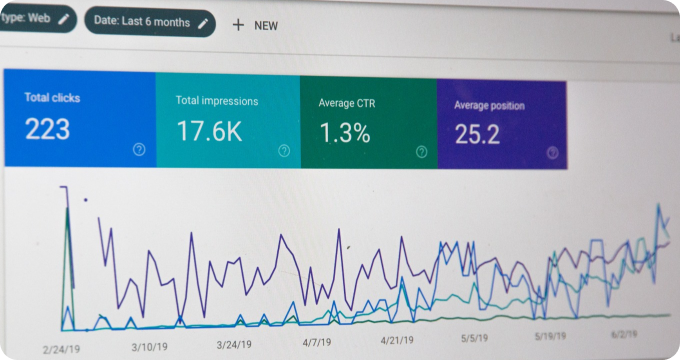The Future of Enterprise Integration Services: Predictions and Emerging Trends
- September 13, 2023
- 2 minutes
As we usher in a new decade, the world of enterprise integration services (EIS) faces a crossroads of unprecedented challenges and opportunities. From the rapid acceleration of technological advancements to the shifting paradigms of business environments, the landscape of EIS is poised for transformative changes. This blog post seeks to explore, in a comprehensive manner, the future trajectory of EIS, including salient predictions and emerging trends.
For starters, let's delve into the basics of EIS. In essence, Enterprise Integration Services act as the strategic backbone of an organization, providing the framework to communicate, coordinate and share data across various systems and applications. EIS have the task of simplifying complex business processes by synchronizing data and applications across an enterprise, thus reducing redundancy and improving efficiency.
One of the critical predictions about the future of EIS is the rise of API-led connectivity. An API, or Application Programming Interface, is a software intermediary that allows two applications to communicate with each other. In the context of EIS, API-led connectivity is a methodical way to connect data to applications through reusable and purposeful APIs. This approach aims to foster a seamless integration environment, reducing data silos and enabling faster response to business changes.
Moving into a more speculative terrain, the role of artificial intelligence (AI) and machine learning (ML) cannot be ignored in the future of EIS. AI can be defined as the simulation of human intelligence processes by machines, especially computer systems, which include learning, reasoning, self-correction, etc. Machine learning, a subset of AI, refers to the concept that a machine can discover patterns and information from data without explicit programming. AI and ML have the potential to revolutionize EIS by automating routine tasks, predicting system issues before they occur, and enhancing decision-making processes.
Another emerging trend in the EIS arena is the adoption of hybrid integration platforms (HIP). A HIP is a framework that provides seamless integration for on-premise, cloud-based, and B2B applications. As organizations continue to adopt a mix of on-premise and cloud solutions, the demand for hybrid integration platforms will likely rise. HIPs enable enterprises to harness the benefits of cloud technologies, such as scalability and cost-effectiveness, without fully relinquishing the control and security of on-premise solutions.
However, this optimistic vision of the future comes with its own set of challenges and tradeoffs. For one, the increasing complexity of IT environments due to the proliferation of digital technologies and platforms will put a strain on the capabilities of EIS. Second, the heightened threat of cyber-attacks and data breaches will necessitate more robust and sophisticated security measures for EIS. Finally, the talent gap in the IT sector, especially in niche areas such as AI and ML, may hinder the successful implementation and operation of next-gen EIS.
As we journey into this uncharted territory, one thing is clear: the future of EIS will be shaped by the interplay of technology, business needs, and human ingenuity. It is a future filled with immense possibilities and daunting challenges. As professionals navigating this complex landscape, we must equip ourselves with the knowledge and skills to harness these emerging trends and innovations to our advantage. Indeed, in the dynamic world of EIS, the only constant is change.
In conclusion, the future of enterprise integration services is a vibrant tapestry of technological advancements and business environment shifts. It is a world where API-led connectivity, artificial intelligence, machine learning, and hybrid integration platforms will play a pivotal role. However, along with these possibilities come significant challenges that require equally significant solutions. As we move forward, we must embrace these changes, adapt, and innovate, for in doing so, we secure not only the future of EIS but also the future of our businesses.
Learn More
Discover how enterprise integration services can help your business succeed by reading more of our blog posts. For an overview of the best Enterprise Integration Services, check out our rankings.
Popular Posts
-
 11 Compelling Reasons Why Your Business Needs Enterprise Integration Services
11 Compelling Reasons Why Your Business Needs Enterprise Integration Services
-
 What are Enterprise Integration Services (and How Do They Streamline Business Operations?)
What are Enterprise Integration Services (and How Do They Streamline Business Operations?)
-
 The Future of Enterprise Integration Services: Predictions and Emerging Trends
The Future of Enterprise Integration Services: Predictions and Emerging Trends
-
 Ask These Questions to an Enterprise Integration Services Provider to Choose the Right One for Your Business
Ask These Questions to an Enterprise Integration Services Provider to Choose the Right One for Your Business
-
 Debunking the Top 10 Myths about Enterprise Integration Services
Debunking the Top 10 Myths about Enterprise Integration Services






